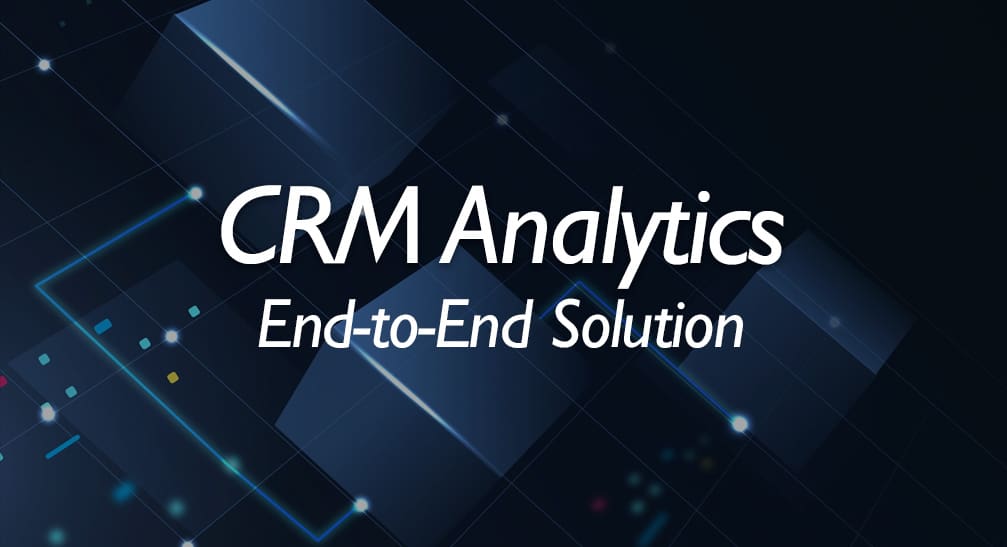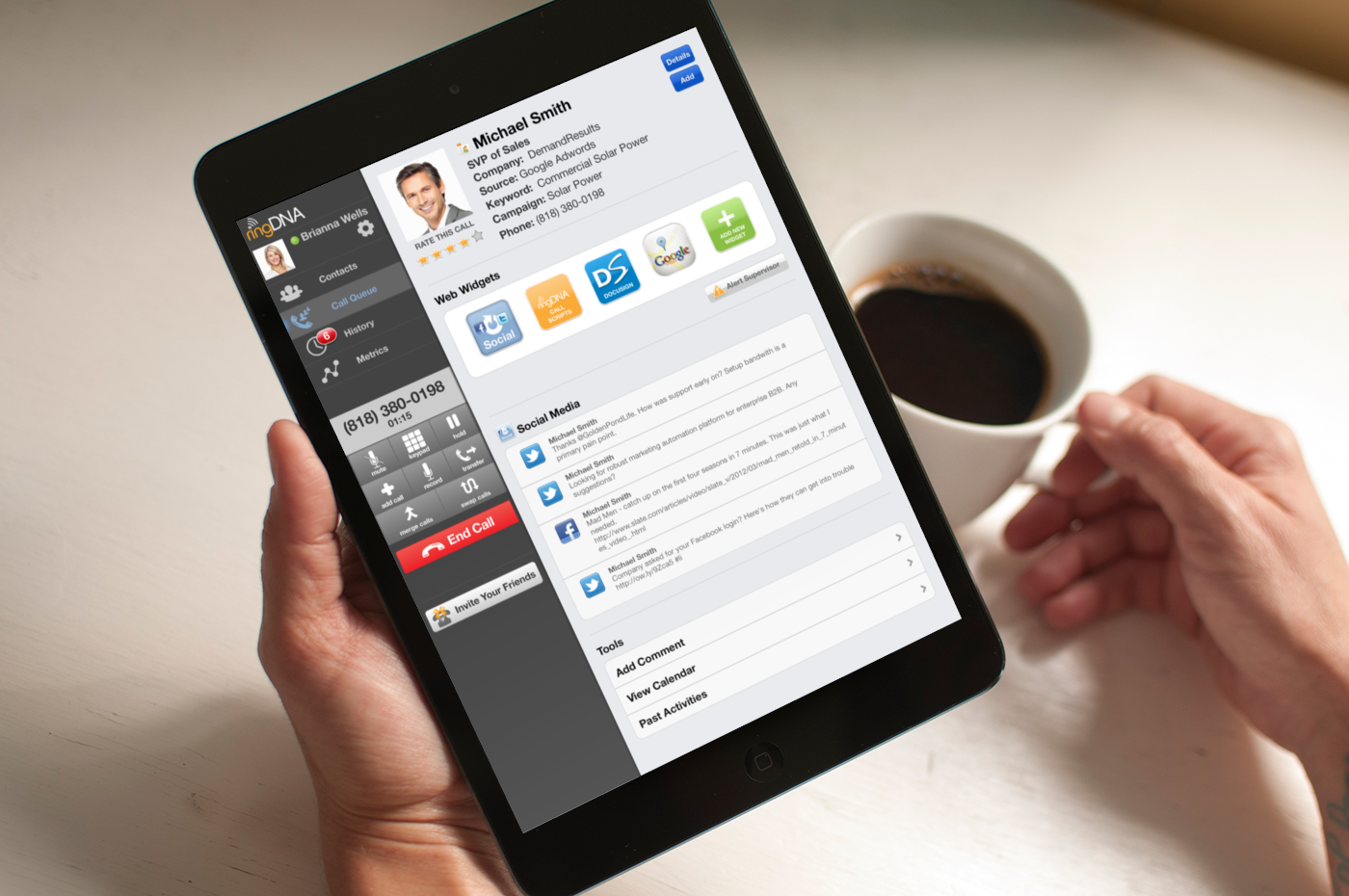
Introduction: The Power of Data in Modern Marketing
In today’s hyper-competitive business landscape, understanding your customers is no longer a luxury; it’s a necessity. This is where Customer Relationship Management (CRM) marketing analytics comes into play. It’s more than just collecting data; it’s about transforming raw information into actionable insights that drive growth and enhance customer experiences. This article will delve deep into the world of CRM marketing analytics, exploring its core components, benefits, implementation strategies, and future trends. Get ready to unlock the power of data and revolutionize your marketing efforts.
What is CRM Marketing Analytics?
At its core, CRM marketing analytics is the process of collecting, analyzing, and interpreting data from customer interactions and CRM systems to gain insights into customer behavior, preferences, and needs. This information is then used to optimize marketing strategies, improve customer engagement, and ultimately, boost revenue. It’s the bridge that connects customer data with strategic marketing decisions.
Think of it as a detective work. You’re gathering clues (data points) about your customers and piecing them together to understand their journeys, motivations, and pain points. This understanding allows you to create targeted campaigns, personalize customer experiences, and build stronger, more profitable relationships. It’s about moving beyond guesswork and making data-driven decisions.
Key Components of CRM Marketing Analytics
Several key components work together to form a robust CRM marketing analytics system. Understanding these elements is crucial for effective implementation and utilization.
1. Data Collection
Data collection is the foundation of any successful analytics initiative. It involves gathering data from various sources, including:
- CRM System: This is the central hub for customer data, including contact information, purchase history, interactions, and more.
- Website Analytics: Tools like Google Analytics provide insights into website traffic, user behavior, and conversion rates.
- Social Media: Social media platforms offer valuable data on customer engagement, sentiment, and demographics.
- Email Marketing: Data from email campaigns, such as open rates, click-through rates, and conversions, provides valuable insights into customer preferences.
- Customer Surveys: Surveys and feedback forms provide direct insights into customer satisfaction, needs, and preferences.
- Point-of-Sale (POS) Systems: For businesses with physical locations, POS data provides valuable information on purchase patterns and product preferences.
The key is to gather data from as many relevant sources as possible to create a holistic view of your customers. Data quality is paramount; ensure the accuracy and consistency of your data to avoid misleading insights.
2. Data Integration
Once data is collected, it needs to be integrated into a unified platform. This involves cleaning, transforming, and consolidating data from different sources to create a single, comprehensive view of the customer. This process often involves using data integration tools and techniques.
Data integration allows you to:
- Identify customer segments: Group customers based on shared characteristics and behaviors.
- Track customer journeys: Understand how customers interact with your brand across different touchpoints.
- Personalize marketing efforts: Tailor your messaging and offers to individual customer preferences.
3. Data Analysis
Data analysis is where the magic happens. This involves using various analytical techniques to extract meaningful insights from the data. Common techniques include:
- Descriptive Analytics: Summarizes past data to understand what happened.
- Diagnostic Analytics: Investigates why something happened.
- Predictive Analytics: Uses historical data to predict future outcomes.
- Prescriptive Analytics: Recommends actions to optimize future outcomes.
Data analysis tools, such as data visualization software and statistical packages, are essential for this stage. The goal is to identify patterns, trends, and anomalies that can inform your marketing strategies.
4. Reporting and Visualization
The final step is to communicate your findings effectively. This involves creating reports and visualizations that clearly present the insights derived from data analysis. Dashboards, charts, and graphs are commonly used to make complex data easy to understand and share with stakeholders.
Effective reporting and visualization allow you to:
- Track key performance indicators (KPIs): Monitor the performance of your marketing campaigns and initiatives.
- Identify areas for improvement: Pinpoint weaknesses in your marketing strategies and identify opportunities for optimization.
- Communicate insights to stakeholders: Share your findings with marketing teams, sales teams, and other relevant departments.
Benefits of Implementing CRM Marketing Analytics
The benefits of implementing CRM marketing analytics are numerous and far-reaching. Here are some of the most significant advantages:
1. Improved Customer Understanding
CRM marketing analytics provides a deep understanding of your customers, including their needs, preferences, and behaviors. This allows you to create more targeted and personalized marketing campaigns, resulting in higher engagement and conversion rates. You’ll move beyond generic messaging and connect with customers on a more personal level.
2. Enhanced Customer Segmentation
By analyzing customer data, you can segment your customers into distinct groups based on shared characteristics and behaviors. This allows you to tailor your marketing efforts to specific segments, ensuring that your messaging is relevant and resonates with each group. This can lead to increased customer satisfaction and loyalty.
3. Increased Marketing ROI
CRM marketing analytics helps you optimize your marketing spend by identifying the most effective channels and campaigns. By tracking key performance indicators (KPIs), you can measure the return on investment (ROI) of your marketing efforts and make data-driven decisions about where to allocate your resources. This leads to more efficient and effective marketing campaigns.
4. Improved Lead Generation and Qualification
By analyzing customer data, you can identify the most promising leads and prioritize your sales efforts. This allows you to focus on prospects who are most likely to convert, resulting in a higher conversion rate and increased revenue. You can also use data to automate lead scoring and qualification processes, saving time and resources.
5. Enhanced Customer Retention
CRM marketing analytics helps you identify customers who are at risk of churning and take proactive steps to retain them. By analyzing customer behavior, you can identify patterns that indicate a customer is likely to leave and create targeted retention campaigns to address their concerns. This can lead to increased customer loyalty and reduced churn rates.
6. Streamlined Sales Processes
CRM marketing analytics can provide sales teams with valuable insights into customer behavior and preferences, enabling them to tailor their sales pitches and close deals more effectively. This can lead to shorter sales cycles and increased revenue. It also allows sales teams to prioritize their efforts on the most promising leads.
Implementing CRM Marketing Analytics: A Step-by-Step Guide
Implementing CRM marketing analytics can seem daunting, but breaking it down into manageable steps can make the process smoother and more successful.
1. Define Your Goals and Objectives
Before you start, clearly define your goals and objectives for implementing CRM marketing analytics. What do you want to achieve? Are you trying to increase sales, improve customer retention, or optimize your marketing ROI? Having clear goals will guide your implementation process and help you measure your success.
2. Choose the Right CRM and Analytics Tools
Select CRM and analytics tools that meet your specific needs and budget. Consider factors such as data integration capabilities, analytical features, reporting and visualization options, and ease of use. Research different options and choose the tools that best align with your goals.
3. Integrate Your Data Sources
Integrate data from all relevant sources, including your CRM system, website analytics, social media platforms, and email marketing platforms. This may involve using data integration tools or custom integrations. Ensure that your data is clean, consistent, and accurate.
4. Develop Key Performance Indicators (KPIs)
Identify the KPIs that are most important for measuring your success. These KPIs should align with your goals and objectives. Examples of KPIs include customer acquisition cost, customer lifetime value, conversion rates, and churn rates. Track these KPIs regularly to monitor your progress.
5. Analyze Your Data
Use your analytics tools to analyze your data and identify patterns, trends, and insights. This may involve using various analytical techniques, such as segmentation, cohort analysis, and predictive modeling. Don’t be afraid to experiment and explore your data to uncover hidden opportunities.
6. Create Reports and Visualizations
Create reports and visualizations that clearly present your findings. Use dashboards, charts, and graphs to make complex data easy to understand and share with stakeholders. Tailor your reports to the specific needs of your audience.
7. Take Action and Iterate
Based on your findings, take action to optimize your marketing strategies and improve your customer experiences. Continuously monitor your KPIs and iterate on your strategies based on your results. CRM marketing analytics is an ongoing process, not a one-time project.
Tools and Technologies for CRM Marketing Analytics
Several tools and technologies can help you implement and utilize CRM marketing analytics effectively. Here are some of the most popular options:
1. CRM Systems
- Salesforce: A leading CRM platform with robust analytics capabilities.
- HubSpot CRM: A free CRM with powerful marketing automation and analytics tools.
- Zoho CRM: A comprehensive CRM with a range of features and integrations.
- Microsoft Dynamics 365: A CRM platform with a focus on business intelligence and analytics.
2. Marketing Automation Platforms
- Marketo: A marketing automation platform with advanced analytics features.
- Pardot: A marketing automation platform designed for B2B businesses.
- ActiveCampaign: A marketing automation platform with a focus on email marketing and customer relationship management.
3. Data Visualization Tools
- Tableau: A powerful data visualization tool for creating interactive dashboards and reports.
- Power BI: A business intelligence tool from Microsoft with a wide range of features.
- Google Data Studio: A free data visualization tool for creating dashboards and reports.
4. Web Analytics Tools
- Google Analytics: A web analytics platform that provides insights into website traffic and user behavior.
- Adobe Analytics: A web analytics platform with advanced features and customization options.
5. Data Integration Tools
- Zapier: A platform for connecting different apps and automating workflows.
- Informatica: A data integration platform for enterprise-level data management.
Best Practices for Successful CRM Marketing Analytics
To maximize the effectiveness of your CRM marketing analytics efforts, consider these best practices:
1. Start Small and Scale Gradually
Don’t try to implement everything at once. Start with a small, focused project and gradually expand your efforts as you gain experience and see results. This approach allows you to learn from your mistakes and refine your strategies.
2. Focus on Data Quality
Ensure that your data is accurate, consistent, and complete. Data quality is critical for generating reliable insights. Implement data validation processes and regularly audit your data to identify and correct any errors.
3. Align with Business Goals
Ensure that your CRM marketing analytics efforts align with your overall business goals. This will help you prioritize your efforts and measure your success effectively. Make sure your analytics initiatives support the broader strategic objectives of your organization.
4. Involve the Right People
Involve the right people in the implementation and utilization of CRM marketing analytics. This includes marketing teams, sales teams, IT staff, and data analysts. Collaboration and communication are essential for success.
5. Provide Training and Education
Provide training and education to your team on how to use your CRM and analytics tools effectively. This will empower them to make data-driven decisions and improve their performance. Continuous learning is essential in the ever-evolving world of marketing analytics.
6. Regularly Review and Refine Your Strategies
Regularly review your CRM marketing analytics strategies and refine them based on your results. The marketing landscape is constantly changing, so it’s important to stay flexible and adapt your strategies as needed. Don’t be afraid to experiment and try new things.
Challenges and Limitations of CRM Marketing Analytics
While CRM marketing analytics offers significant benefits, it’s important to be aware of the challenges and limitations:
1. Data Silos
Data silos can hinder your ability to gain a complete view of your customers. Integrating data from different sources can be challenging, requiring technical expertise and resources. Overcoming these silos is crucial for effective analysis.
2. Data Privacy and Security
Protecting customer data is paramount. You must comply with data privacy regulations, such as GDPR and CCPA, and implement security measures to protect your data from unauthorized access. Data breaches can have serious consequences.
3. Lack of Expertise
Implementing and utilizing CRM marketing analytics requires expertise in data analysis, marketing, and technology. Finding and retaining qualified professionals can be challenging. Investing in training and development is essential.
4. Data Overload
The sheer volume of data can be overwhelming. It’s important to focus on the most relevant data and avoid getting bogged down in information overload. Prioritize the metrics that matter most to your business goals.
5. Integration Complexity
Integrating data from various sources can be complex and time-consuming. This can require specialized skills and resources. Careful planning and execution are essential for successful integration.
Future Trends in CRM Marketing Analytics
The field of CRM marketing analytics is constantly evolving. Here are some future trends to watch:
1. Artificial Intelligence (AI) and Machine Learning (ML)
AI and ML are transforming CRM marketing analytics. These technologies can automate data analysis, predict customer behavior, and personalize marketing campaigns. Expect to see increased adoption of AI and ML in the coming years.
2. Predictive Analytics
Predictive analytics will become even more sophisticated, allowing businesses to anticipate customer needs and behaviors with greater accuracy. This will enable businesses to proactively tailor their marketing efforts and improve customer experiences.
3. Hyper-Personalization
The trend toward hyper-personalization will continue. Businesses will use data to create highly personalized marketing experiences that are tailored to individual customer preferences and needs. This will require sophisticated data analysis and marketing automation capabilities.
4. Customer Journey Mapping
Customer journey mapping will become more sophisticated, providing a deeper understanding of how customers interact with your brand across different touchpoints. This will enable businesses to optimize the customer experience and improve conversion rates.
5. Data Privacy and Ethics
Data privacy and ethical considerations will become increasingly important. Businesses will need to prioritize data privacy and security and be transparent with customers about how their data is being used. Building trust will be crucial.
Conclusion: Embracing the Data Revolution
CRM marketing analytics is no longer a luxury; it’s a fundamental requirement for success in today’s marketing landscape. By embracing the power of data, businesses can gain a deeper understanding of their customers, optimize their marketing efforts, and drive significant growth. From data collection and integration to analysis and reporting, the journey of CRM marketing analytics is a continuous process of learning and improvement. By staying informed about the latest trends and best practices, businesses can harness the full potential of CRM marketing analytics and achieve remarkable results. The future of marketing is data-driven, and those who embrace this revolution will be best positioned to thrive. Don’t be left behind; start your CRM marketing analytics journey today!


